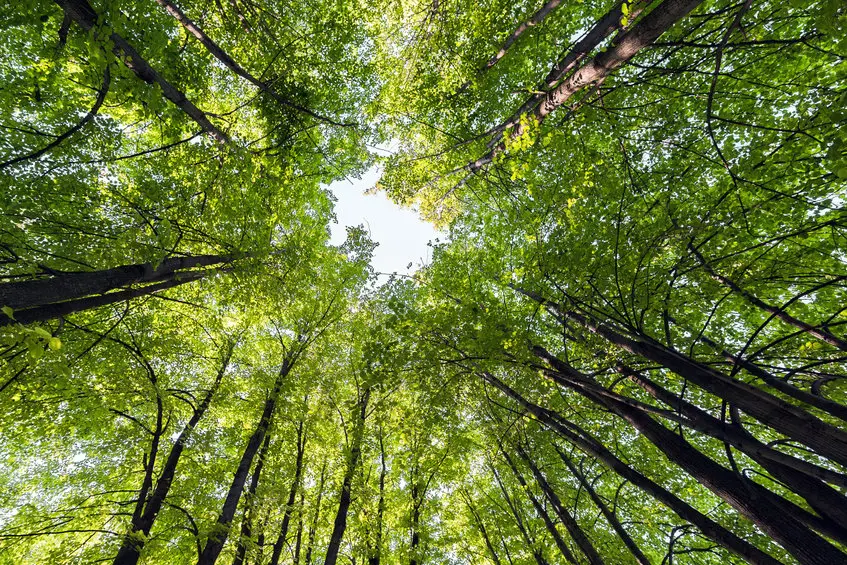
Water restrictions are in place throughout Utah this summer, but that doesn’t mean you should stop watering your trees. You can let your lawn go brown and it will be able to repair itself eventually, but a tree can’t rebound the same way. Trees are important to our ecosystem and should provide shade and beauty for decades. They are an important investment worth working on in your landscape. To help your trees thrive throughout another hot and dry Utah summer, here are some helpful tips:
Because the root systems of trees are deeper than turf, they need to be watered a bit differently. For most trees, it’s best to water them slowly and for a long period of time. You can water them less frequently with this method, too. For many trees, a thorough watering once to twice a month is sufficient, but if you see leaves wilting or scorching, you’ll want to bump it up a notch. To help promote a deep, wide root system, don’t simply put a hose at the base of the trunk. Place the water a little away from the base of the tree so the roots extend out in search of the source, which will encourage a healthier tree. For new trees, work your way out over time to encourage those roots to dig down and out in search of a drink. Soil should be moist down to about 18-20 inches, which can be checked with a long screwdriver or a moisture probe.
If you rely on your sprinkling system to water your tree, this may not be the best choice. Fine mists of water for shorter periods of time is likely not what your tree needs. You can check how much water your tree is getting from your sprinklers by setting cans around the area to catch the water and assess how much is getting to the desired areas. If the sprinkler system isn’t running long enough, the water may not get past grass’s roots to reach your tree’s root system. With our restrictions this summer, you’ll probably need to hand water your trees occasionally with a hose. Be sure to do this at the coolest part of the day to maximize absorption. Trees with trunks smaller than 4-inches in diameter may only need about one inch per week, but larger trees will need much more. Do some quick research on your particular tree species to get an idea of how much it needs.
If you’re concerned about your trees or shrubs around your home this summer, reach out to us with all your questions. We are passionate about trees and are proud to provide our community with valuable information about common tree issues in our state in addition to providing the best service for managing trees, from trimming, pruning, removal, and more. With our many water restrictions our trees will need some TLC, and it’s a wise choice to choose trees and shrubs over your lawn when it comes to watering during these extra dry times.